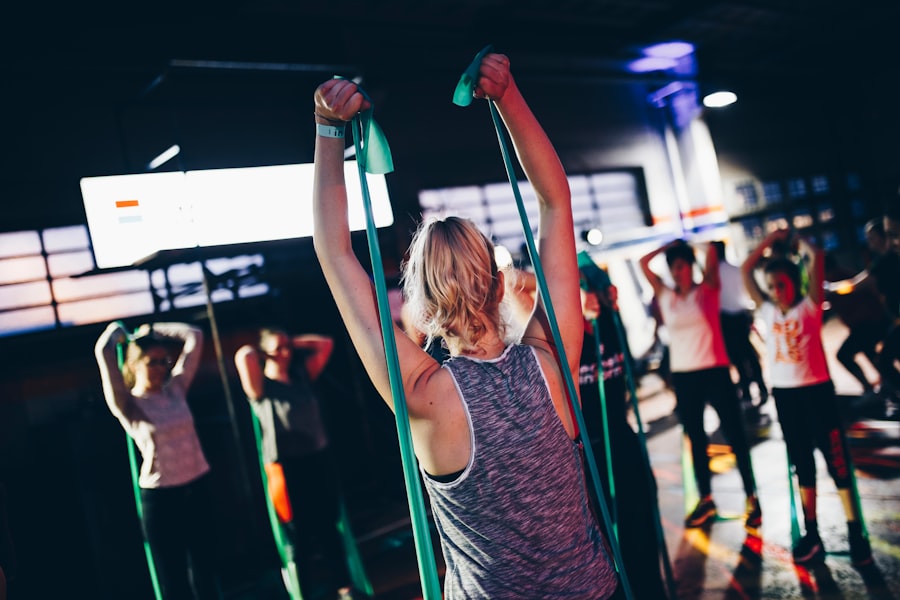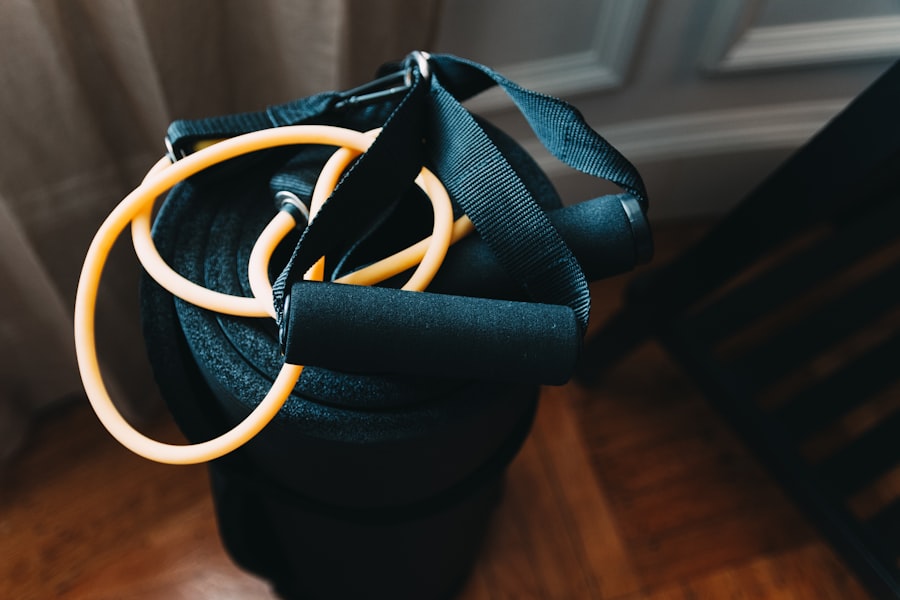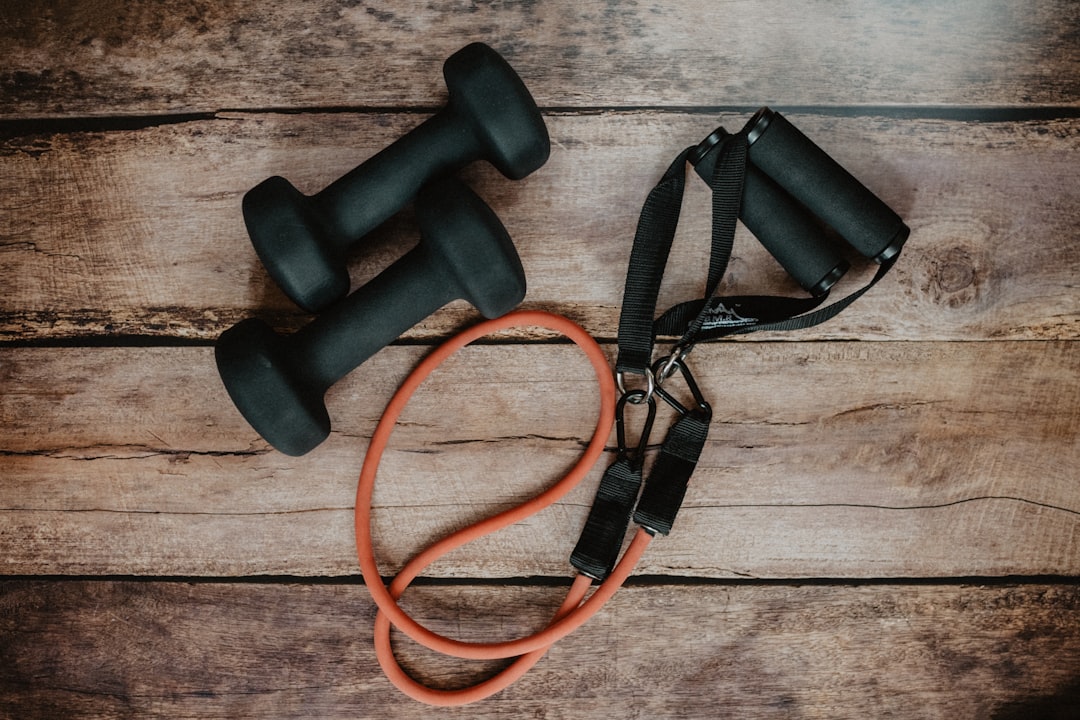Low-impact home workouts have gained significant popularity in recent years, and for good reason. One of the primary benefits is their accessibility. Individuals of all fitness levels can engage in low-impact exercises without the fear of injury that often accompanies high-impact activities.
This makes them particularly appealing to older adults, those recovering from injuries, or anyone who may have joint issues. By minimizing the stress placed on the joints, low-impact workouts allow for a sustainable fitness routine that can be maintained over time, promoting long-term health and wellness. Moreover, low-impact workouts can be incredibly effective for building strength, improving flexibility, and enhancing cardiovascular health.
Many people mistakenly believe that low-impact means low-intensity; however, this is not necessarily the case. Exercises such as swimming, cycling, or even brisk walking can elevate heart rates and provide substantial cardiovascular benefits. Additionally, low-impact strength training can help build muscle without the strain associated with traditional weightlifting.
This dual benefit of cardiovascular and strength training makes low-impact workouts a comprehensive approach to fitness that can lead to improved overall health.
Key Takeaways
- Low-impact home workouts are gentle on the joints, making them suitable for all fitness levels and ages.
- Creating a low-impact home workout routine involves incorporating a variety of exercises such as yoga, Pilates, and strength training.
- Essential low-impact exercise equipment for home workouts includes resistance bands, stability balls, and yoga mats.
- A sample low-impact home workout routine may include 30 minutes of yoga, 20 minutes of Pilates, and 10 minutes of strength training exercises.
- Low-impact cardio exercises for home workouts can include walking, swimming, and cycling, which are easy on the joints while still providing a good workout.
Tips for Creating a Low-Impact Home Workout Routine
Creating a low-impact home workout routine requires careful planning and consideration of personal fitness goals. First and foremost, it is essential to assess your current fitness level and identify any limitations or areas of concern. This self-assessment will guide you in selecting appropriate exercises that challenge you without risking injury.
For instance, if you have knee issues, opting for exercises that minimize knee strain, such as seated leg lifts or resistance band exercises, would be wise. In addition to understanding your fitness level, incorporating variety into your routine is crucial for maintaining engagement and motivation. A well-rounded low-impact workout should include elements of cardiovascular exercise, strength training, flexibility work, and balance training.
For example, you might alternate between a 20-minute brisk walk or cycling session, followed by a series of bodyweight exercises like squats and push-ups, and conclude with stretching or yoga poses. This variety not only keeps workouts interesting but also ensures that multiple muscle groups are engaged, leading to balanced fitness development.
Low-Impact Exercise Equipment for Home Workouts

When it comes to low-impact home workouts, having the right equipment can enhance your experience and effectiveness. While many exercises can be performed using just body weight, incorporating specific tools can provide additional resistance and variety. Resistance bands are an excellent choice for low-impact strength training; they are versatile, portable, and can be used to target various muscle groups without the need for heavy weights.
For instance, bands can be used for bicep curls, lateral raises, or even leg lifts while seated. Another valuable piece of equipment is a stability ball. This tool not only aids in core strengthening but also improves balance and coordination.
Exercises such as wall squats with a stability ball or seated ball marches can be performed with minimal impact on the joints. Additionally, a set of light dumbbells can be beneficial for those looking to incorporate strength training into their routine without excessive strain. Even a simple yoga mat can enhance comfort during floor exercises and stretching routines, making it an essential item for any home workout space.
Sample Low-Impact Home Workout Routine
| Exercise | Repetitions | Sets |
|---|---|---|
| Jumping Jacks | 20 | 3 |
| Bodyweight Squats | 15 | 3 |
| Push-ups | 10 | 3 |
| Plank | 30 seconds | 3 |
| Mountain Climbers | 20 | 3 |
To illustrate how one might structure a low-impact home workout routine, consider the following example that combines cardiovascular exercise, strength training, and flexibility work. Begin with a warm-up consisting of five to ten minutes of gentle marching in place or dynamic stretches to prepare the body for movement. Following the warm-up, engage in 20 minutes of low-impact cardio such as brisk walking around your home or using a stationary bike at a moderate pace.
Next, transition into strength training with a circuit of bodyweight exercises performed in sets of 10-15 repetitions each. This could include squats (using a chair for support if needed), modified push-ups against a wall or on your knees, and seated leg lifts with resistance bands. After completing the strength circuit, take a few minutes to cool down with static stretches focusing on major muscle groups such as hamstrings, quadriceps, shoulders, and back.
Finally, conclude the routine with five to ten minutes of deep breathing exercises or meditation to promote relaxation and mindfulness.
Low-Impact Cardio Exercises for Home Workouts
Low-impact cardio exercises are an essential component of any fitness regimen aimed at improving cardiovascular health while minimizing joint stress. Walking is one of the simplest yet most effective forms of low-impact cardio; it can be done indoors or outdoors and requires no special equipment other than comfortable shoes. For those who prefer indoor options, marching in place or following along with online dance or aerobics classes can provide an enjoyable way to elevate heart rates without high impact.
Cycling is another excellent low-impact cardio option that can be easily adapted for home workouts. Whether using a stationary bike or cycling outdoors on flat terrain, this activity allows individuals to control their intensity levels while providing an effective cardiovascular workout. Swimming is also a fantastic choice for those with access to a pool; the buoyancy of water reduces impact on joints while providing resistance that enhances muscle engagement.
Incorporating these activities into your weekly routine can significantly improve cardiovascular endurance while keeping the risk of injury at bay.
Low-Impact Strength Training Exercises for Home Workouts

Strength training is often perceived as an activity that requires heavy weights and high impact; however, there are numerous low-impact exercises that effectively build muscle strength without undue stress on the body. Bodyweight exercises such as wall sits, glute bridges, and modified push-ups are excellent options that utilize one’s own weight for resistance while being gentle on the joints. For instance, wall sits involve leaning against a wall with knees bent at a 90-degree angle; this exercise strengthens the quadriceps while minimizing strain on the knees.
Incorporating resistance bands into strength training routines can further enhance effectiveness without increasing impact. Exercises like seated rows or lateral band walks target various muscle groups while allowing for controlled movements that reduce injury risk. Additionally, using light dumbbells for exercises such as shoulder presses or tricep extensions can provide an effective way to build upper body strength without excessive strain.
By focusing on proper form and controlled movements, individuals can achieve significant strength gains through low-impact exercises.
Incorporating Yoga and Pilates into Low-Impact Home Workouts
Yoga and Pilates are two disciplines that align perfectly with the principles of low-impact exercise while offering unique benefits for both mind and body. Yoga emphasizes flexibility, balance, and mindfulness through various poses and breathing techniques. Many yoga styles cater specifically to low-impact practices; gentle yoga or restorative yoga classes focus on slow movements and deep stretching that promote relaxation while enhancing flexibility.
Pilates complements yoga by emphasizing core strength and stability through controlled movements. The use of equipment like a Pilates reformer or simply a mat allows individuals to engage in low-impact exercises that strengthen the core while improving posture and alignment. Both practices encourage awareness of body mechanics and breath control, making them ideal additions to any low-impact workout routine.
By integrating yoga and Pilates into your regimen, you not only enhance physical fitness but also cultivate mental clarity and emotional well-being.
Staying Motivated and Consistent with Low-Impact Home Workouts
Maintaining motivation and consistency in any workout routine can be challenging; however, there are several strategies that can help individuals stay committed to their low-impact home workouts. Setting realistic goals is crucial; rather than aiming for drastic changes in a short period, focus on small milestones that are achievable over time. For example, committing to exercising three times a week for 30 minutes each session can create a sense of accomplishment without overwhelming oneself.
Additionally, finding enjoyment in your workouts is essential for long-term adherence. Experimenting with different types of low-impact exercises—such as dance classes online, nature walks, or group fitness sessions—can help identify what resonates most with you personally. Joining online communities or social media groups focused on low-impact fitness can also provide support and encouragement from like-minded individuals who share similar goals.
By fostering a positive mindset around exercise and celebrating progress along the way, individuals can cultivate a sustainable fitness journey that prioritizes health and well-being over perfectionism.
FAQs
What are low-impact home workouts?
Low-impact home workouts are exercise routines that minimize stress on the joints while still providing a cardiovascular and strength training workout. These workouts are designed to be gentle on the body and are suitable for people of all fitness levels.
What are the benefits of low-impact home workouts?
Low-impact home workouts can help improve cardiovascular health, strengthen muscles, increase flexibility, and aid in weight management. They are also beneficial for individuals with joint pain, arthritis, or other physical limitations.
What are some examples of low-impact home workouts?
Examples of low-impact home workouts include walking, swimming, cycling, yoga, Pilates, and bodyweight exercises such as squats, lunges, and modified push-ups. These exercises can be modified to suit individual fitness levels and goals.
How often should I do low-impact home workouts?
It is recommended to engage in low-impact home workouts for at least 150 minutes per week, or about 30 minutes a day, most days of the week. However, the frequency and duration of workouts can be adjusted based on individual fitness goals and physical capabilities.
Are low-impact home workouts suitable for beginners?
Yes, low-impact home workouts are suitable for beginners as they provide a gentle introduction to exercise and can be modified to accommodate different fitness levels. It is important for beginners to start slowly and gradually increase the intensity and duration of their workouts.
